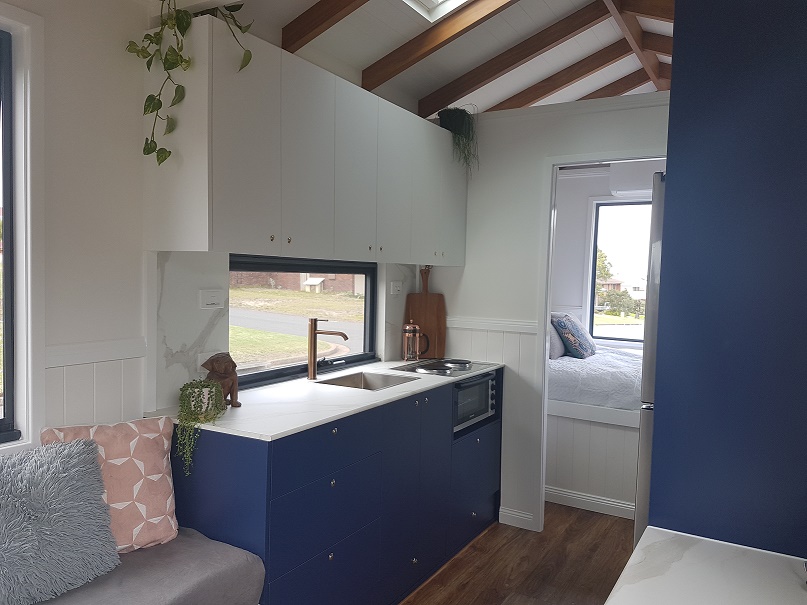
Introducing The Joy Box tiny home!
We are proud to finally introduce the Joy Box tiny house on wheels, an off-grid 7.2m x 2.4m home. Watch the video to take a tour.
The Joy Box is an off-grid and eco-friendly tiny home built on a trailer.
We are delighted to finally hand over the Joy Box to her new owner. This tiny home on wheels has been months in the making and we are pleased with how she has turned out.
Here is a recap on what’s included in the Joy Box:
- 3kW of solar panels with two lithium batteries that will power the home for 4+ days without sun (we changed the batteries from four heavy to two light lithiums)
- A generously sized kitchen with full-size fridge, a sink, pantry and heaps of storage including in the kick boards
- Cooktop and small oven
- Cabin locks on all the cupboards so everything is secure while she is in transit
- A full-sized washer/dryer
- A custom-built lounge which doubles as a single bed, with storage underneath
- A bathroom with large shower and waterless, no-flush toilet (read more about how this eco-friendly toilet works)
- Ground floor queen size bedroom with storage underneath the bed, including access to under the bed from the outside
- Reverse cycle air-conditioner for Australian hot summers and cool winters
- Loft storage above the bathroom
- A 4500 tonne GVM custom-built trailer
The Joy Box is on its way to being an award-winning tiny home
We are also excited to announce that we are a 2018 Lake Macquarie Business Awards #lmba finalist for the Excellence in Sustainability Award. The winner will be announced on 28 July. To top this off, we are also up for a couple of Hunter and Central Coast Master Builders Association Awards to be announced in September! We will keep you posted with the results!
Click to scroll through more images!


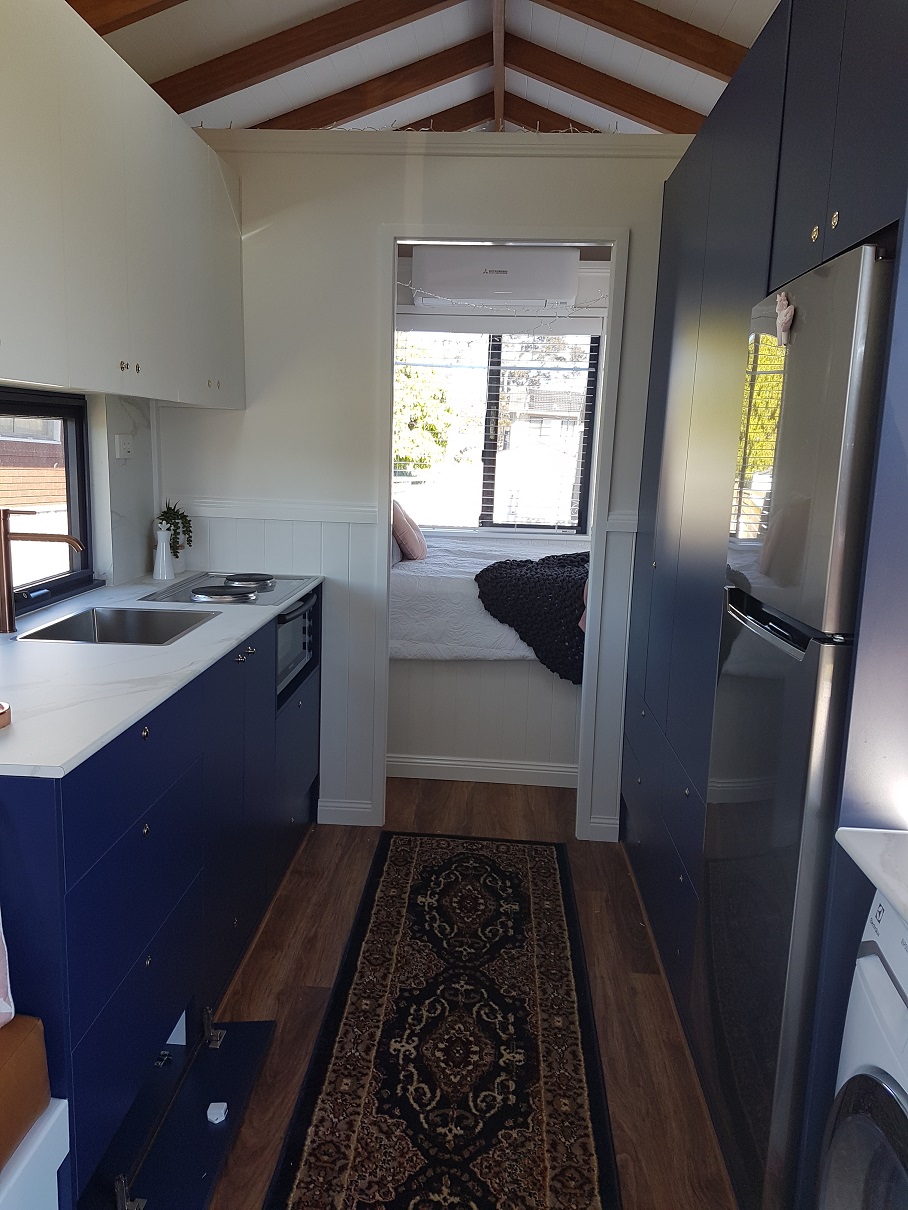
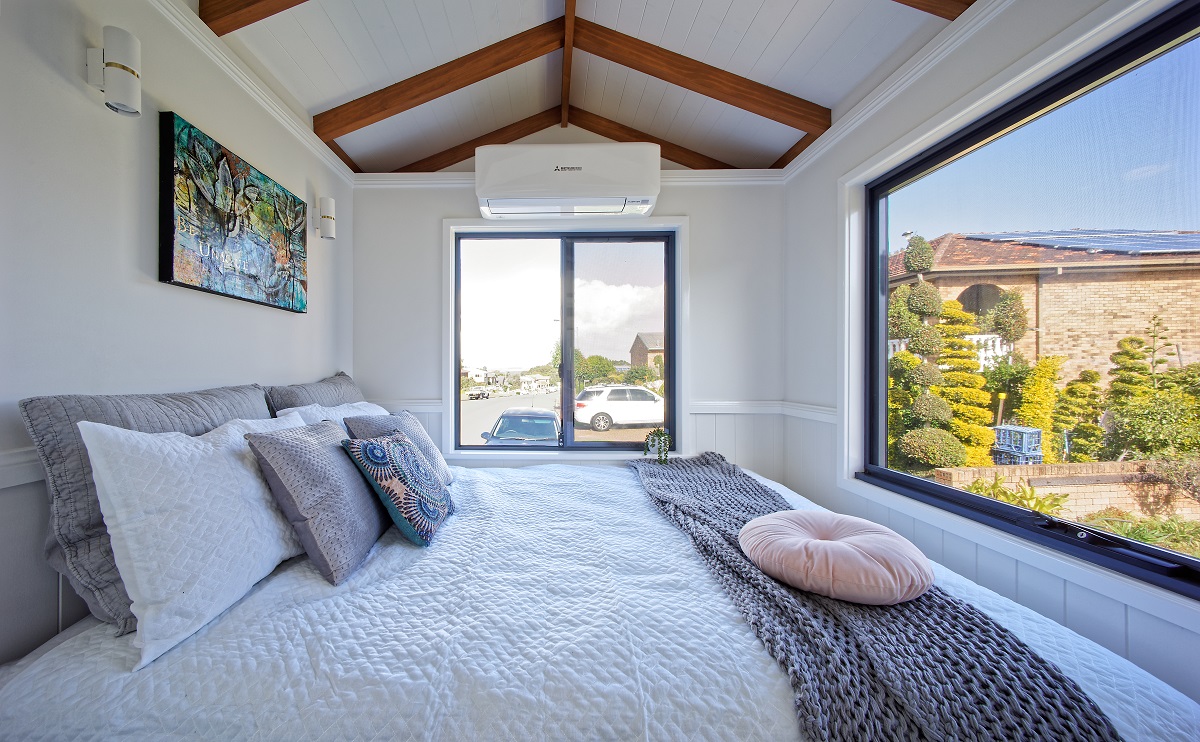
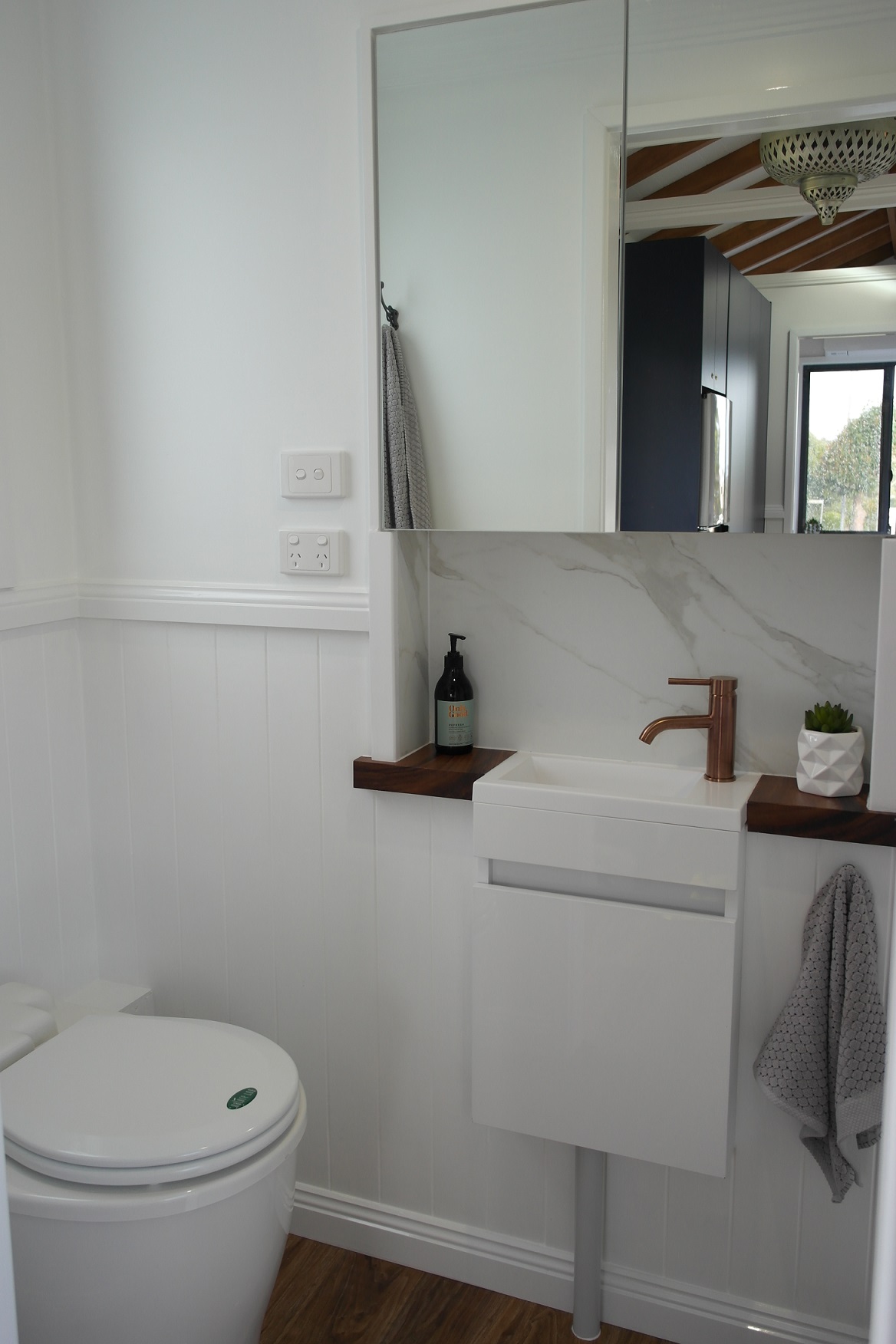
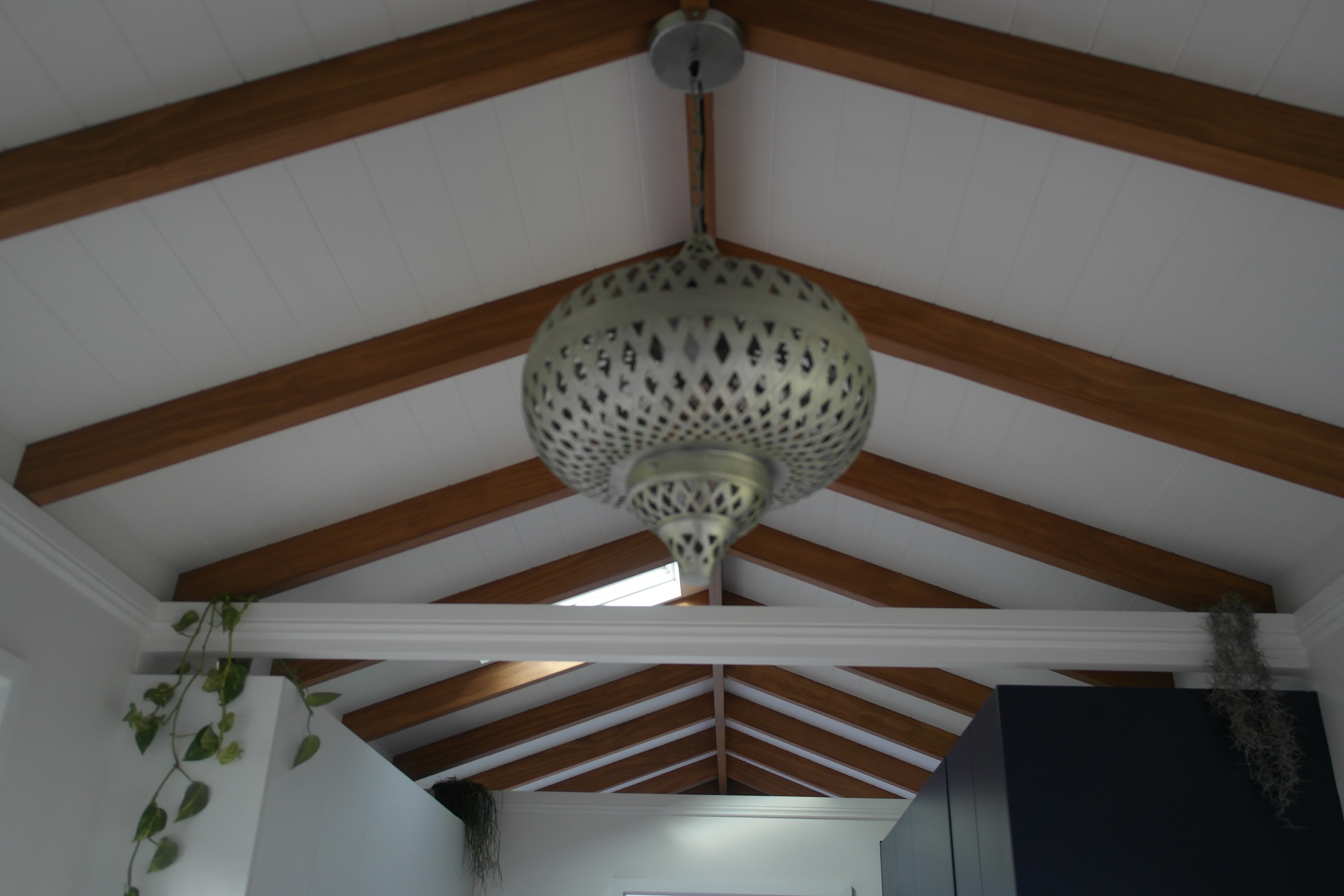

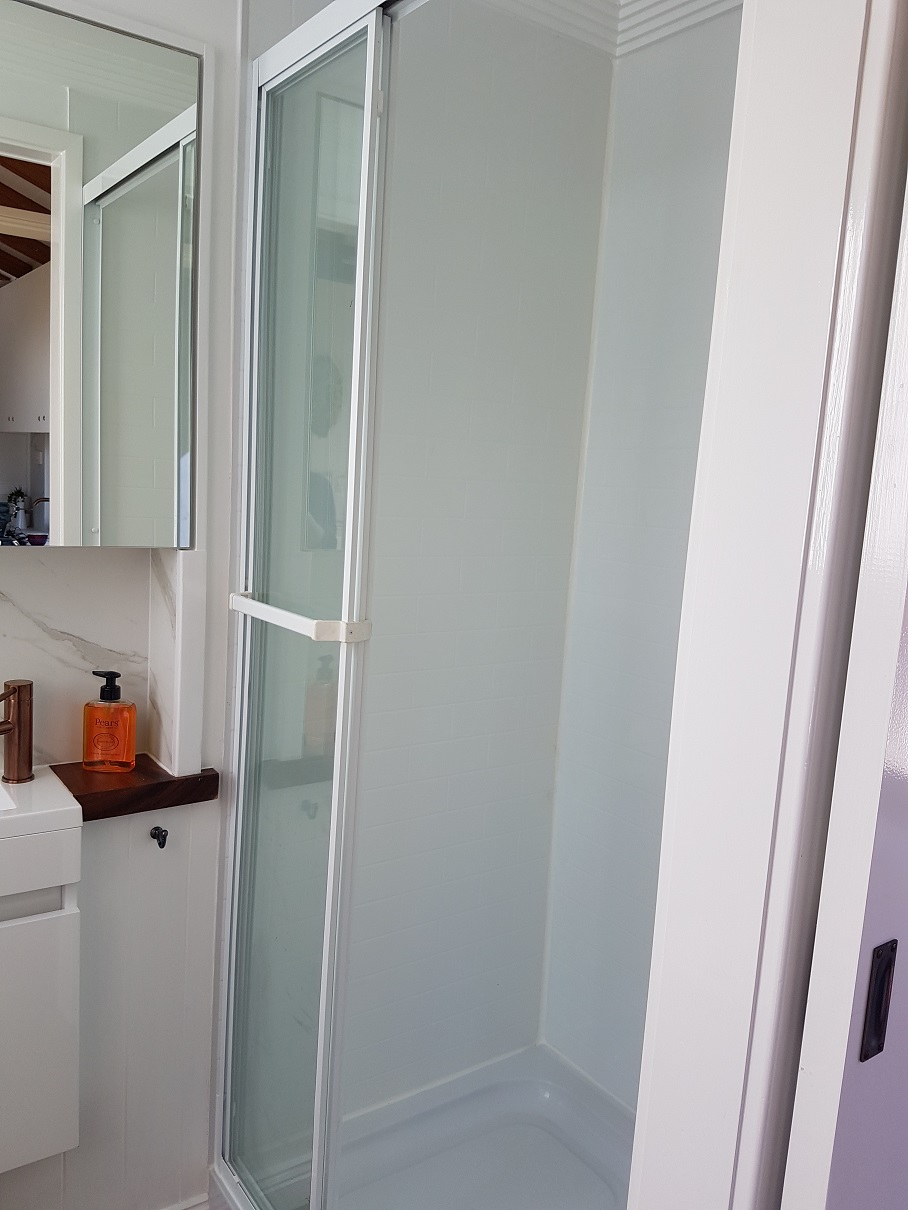
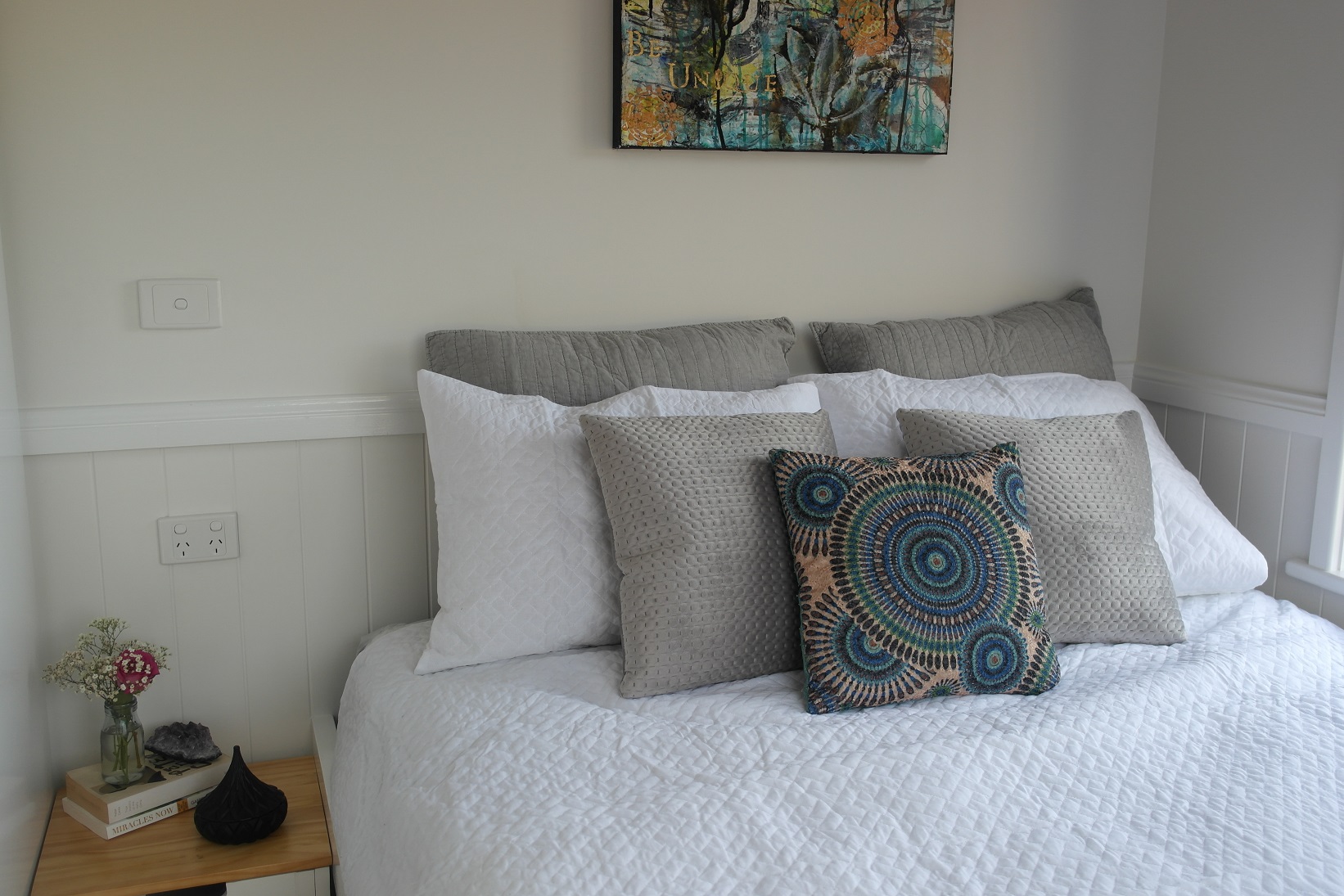


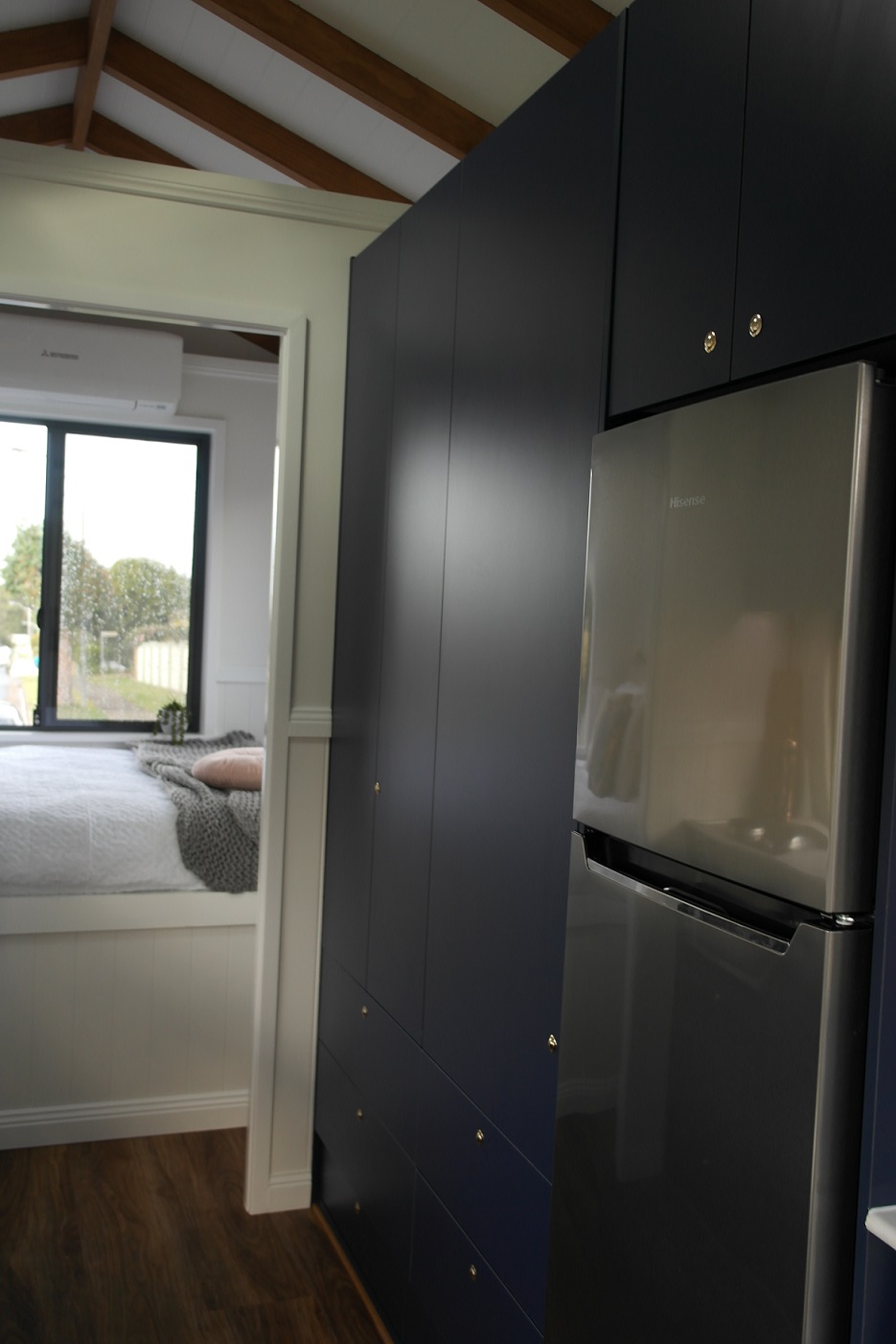

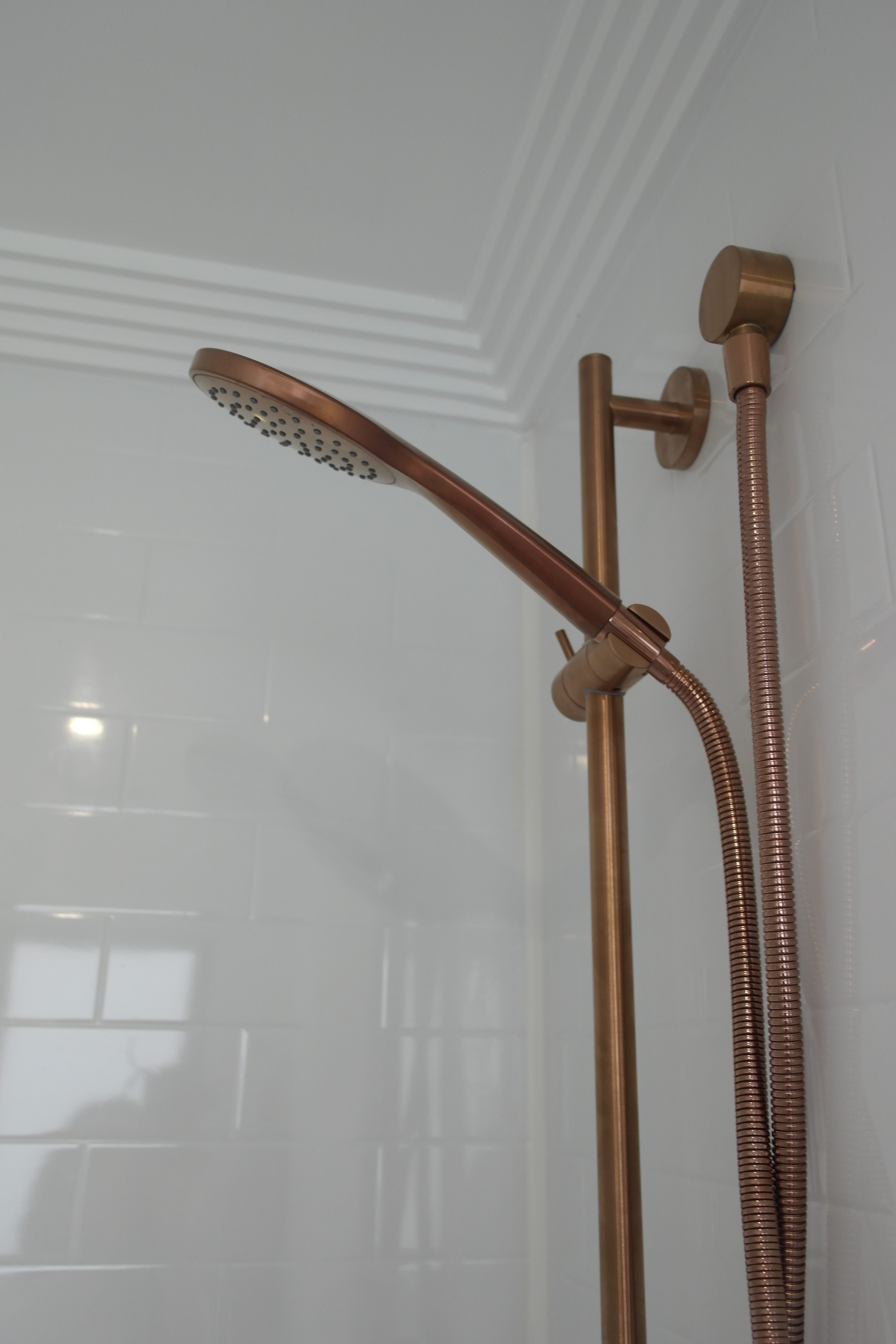

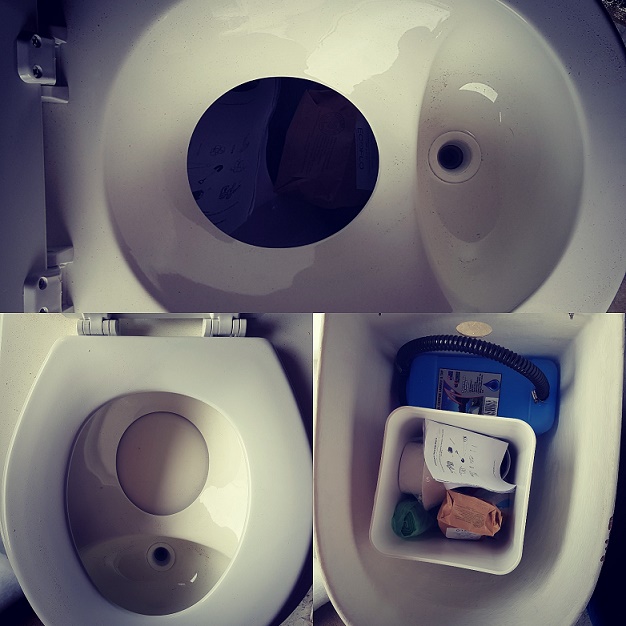
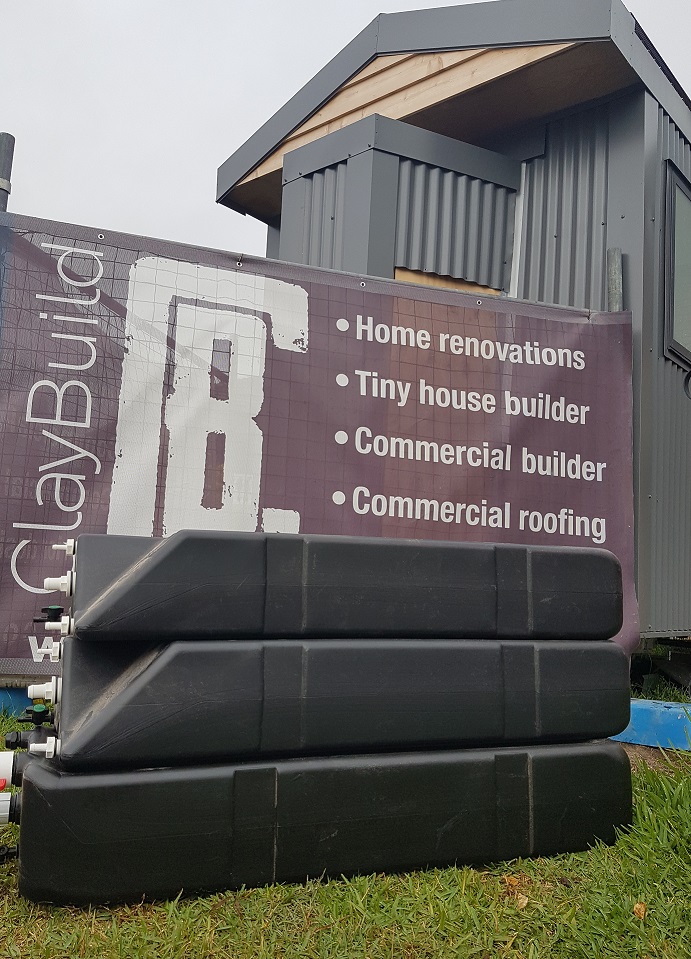
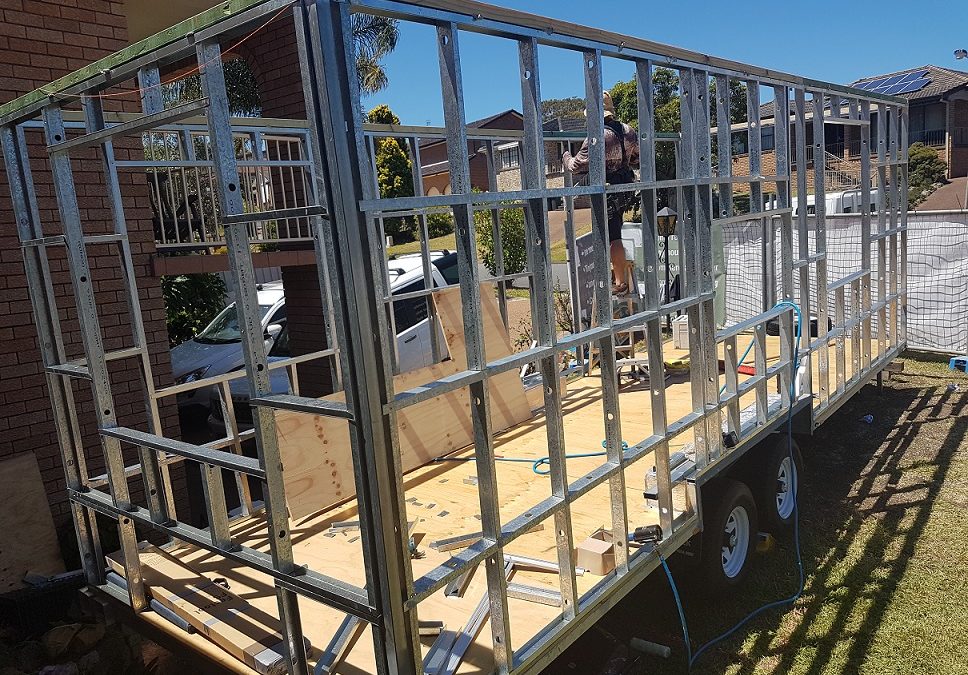
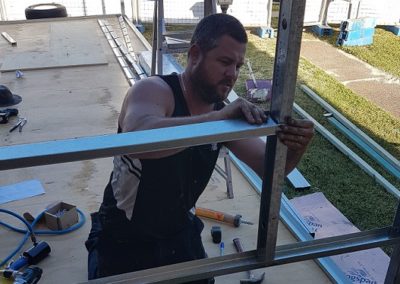
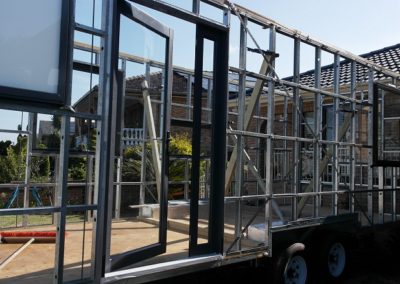
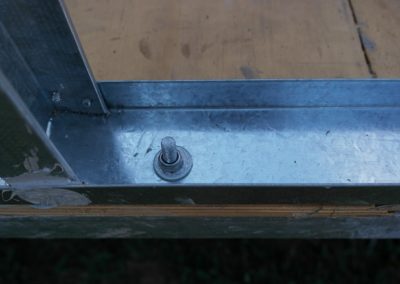

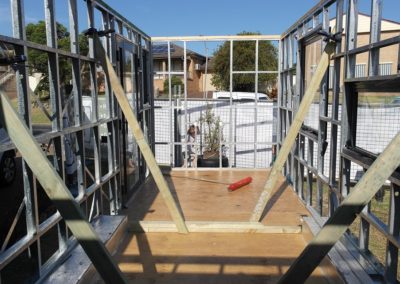
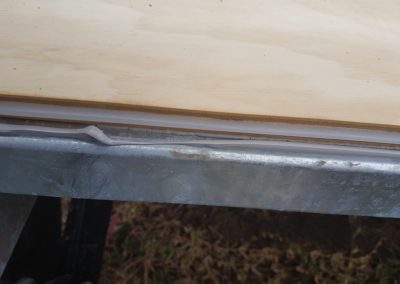

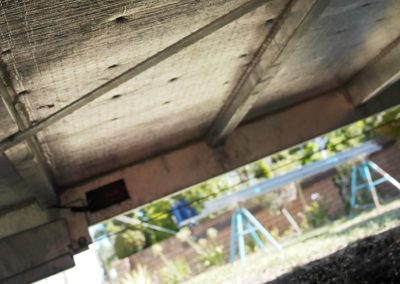
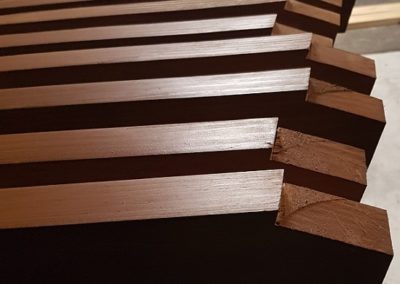


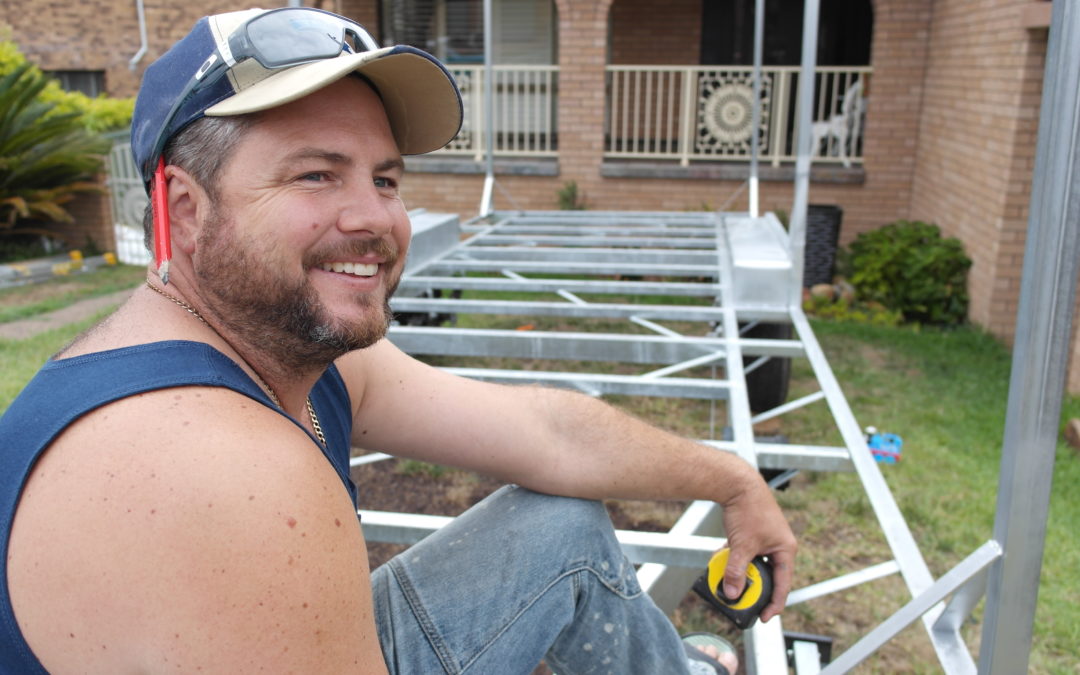

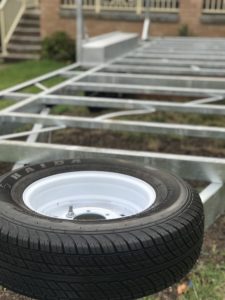 If you Google tiny houses, you’ll likely see timber-clad beauties that exude quaintness and charm. They will also likely be from America, which has much more generous weight requirements than Australia.
If you Google tiny houses, you’ll likely see timber-clad beauties that exude quaintness and charm. They will also likely be from America, which has much more generous weight requirements than Australia.
